Google has launched 36 major search engine algorithm updates in the last 5 years to serve users higher quality content faster, but trying to understand and optimize for its over 200 ranking factors can feel like running a pool…hard to get anywhere without a proper strategy. Nevertheless, we persist head-on towards one of the largest search engine algorithm updates to date, artificial intelligence, shifting user intent, answer engines, and more.
2024 is the year we step out of traditional SEO practices and shift our mindset to being user experience optimizers. These are the top 5 SEO trends driving that change this year.
1. AI-generated content and the effect on rankings
In March 2024, Google released one of the largest Core Algorithm updates to date. This new update is designed to “…address new and evolving abusive practices that lead to unoriginal, low-quality content showing up on Search.” Google is planning to reduce low-quality content in search results by 40%, meaning we’re going to see the most fluctuations in keyword rankings that we’ve ever seen from other algorithm updates.
This update is such a big deal because, for the last year, a lot of people have been using artificial intelligence (AI) to mass produce content highly designed for search engines and not users. Those are the people who are going to be the most negatively impacted by this update and it is going to force teams to re-think how they utilize AI in their workflows.
How Can You Prepare?
Focus on expert content: Your team should be focusing on creating expert point-of-view content that provides unique and valuable insights that are not yet being talked about in search results. Your users should be able to read one piece of content, have all of their questions answered, and be able to apply what they’ve learned to achieve their goals. Use the questions below that are derived from Google’s helpful content update to analyze your content quality.
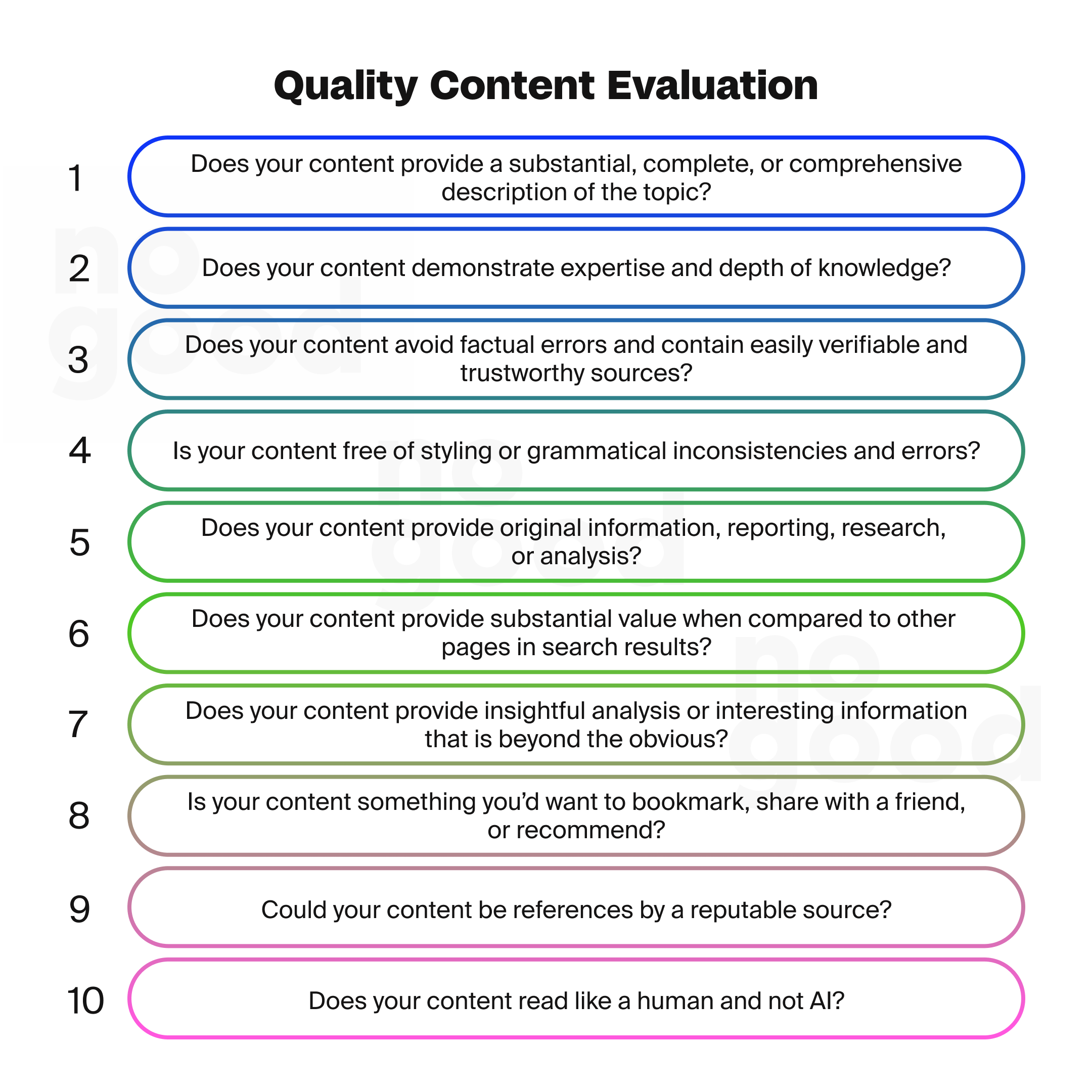
Stop thinking of AI as a content-writing tool: I can’t stress this one enough. There are many benefits to using AI in your SEO workflows like speed, idea generation, and optimization. However, AI should not be used to write content in 2024! AI tools like ChatGPT, Bard, and Claude are simply summarizers of what’s already in search results. These models are trained on existing data and can’t provide unique and original perspectives/insights.
Shift your mindset from “search engine optimizer” to “user experience optimizer: Focus on user-first content over search engine-first content, and the search engines will follow
2. Increased focus on mobile user experience
Even though Google has been rolling out mobile-first indexing for the last 7 years, it has officially “completed” in Q4 2023. The finalization of this rollout is forcing us to shift from SEO experts to search engine experience (SXO) experts. SXO is the intersection of SEO, CRO, and UX. Along with continuing to optimize for mobile speed performance, we need to learn mobile-friendly website design practices to improve functionality.
Moving forward, these are the key performance indicators (KPIs) that will indicate a positive mobile experience for users.
Mobile Traffic Share: the total percentage of your overall website traffic that comes from mobile devices. If you are seeing an improvement in your mobile traffic share this is a leading indicator that your website is properly optimized to be ranked by Google and is effectively engaging users.
Mobile Search Rankings: the keyword rankings and visibility of your website pages in mobile search results. Regardless of your audience’s primary device, review your visibility and ranking across both desktop AND mobile devices. Even if your users do not primarily enter your website through mobile devices (for example, B2B or Healthcare companies), positive mobile rankings can be a positive indicator for desktop rankings and visibility.
Mobile Bounce Rate: the percentage of website visitors who exit your website after viewing one page. Lowering your mobile bounce rate through helpful content, clear CTAs, relevant internal links, and page speed will help inform your strategy on what pages you should focus on for mobile optimization efforts.
Although these KPIs are not official Google ranking factors, they will help you quantify the impact of your mobile optimization efforts and identify areas of opportunity.
How Can You Prepare?
Mobile-friendly design: I will always leave creative design to the experts. However, there are SEO strategies for achieving a responsive web page design.
1. CSS Media Queries: allow you to apply specific styling rules based on device type, size, or orientation.
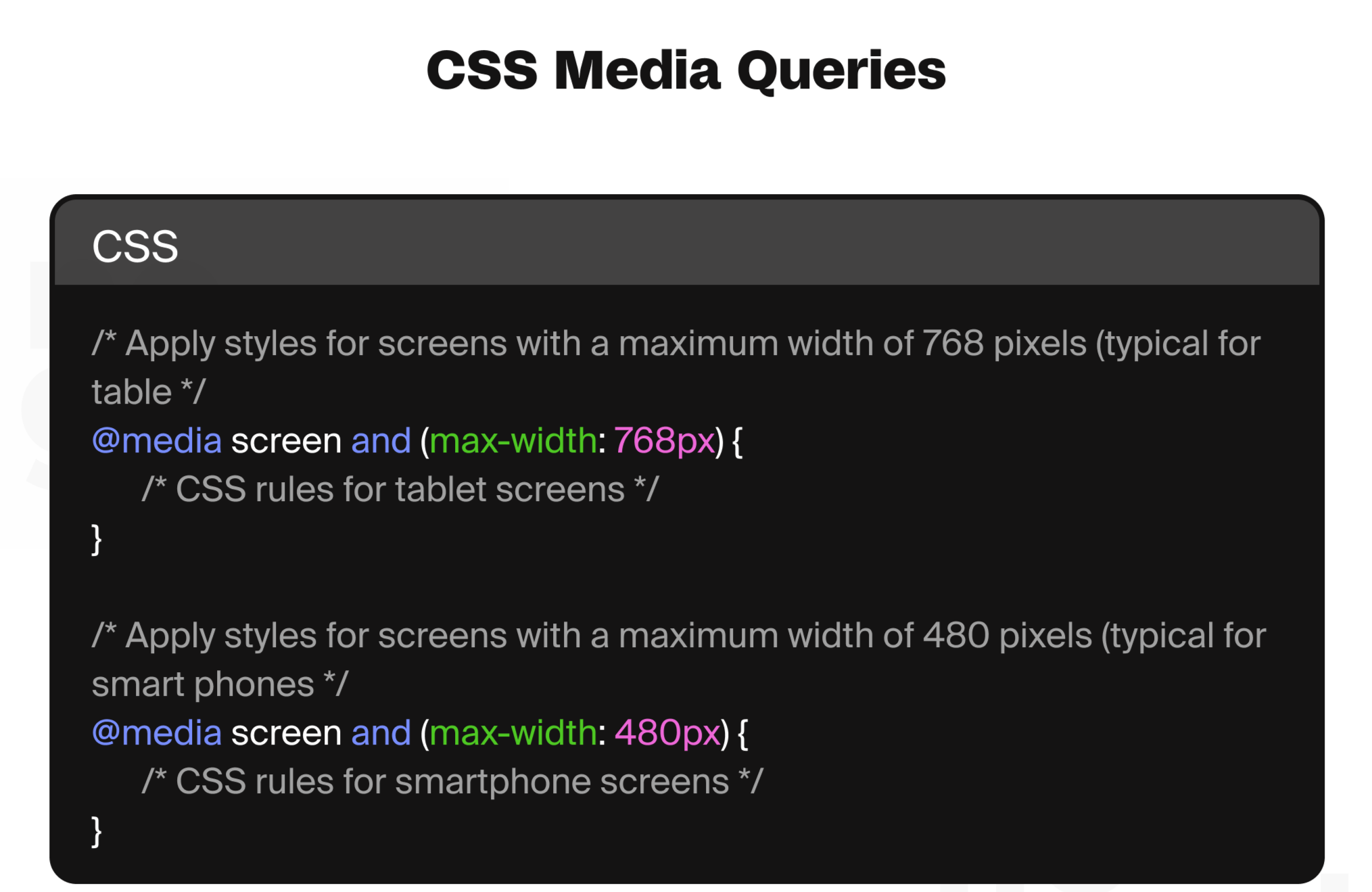
2. Fluid Layouts: Using relative units like percentages instead of fixed units like pixels allows you to resize content proportionally based on the screen size.
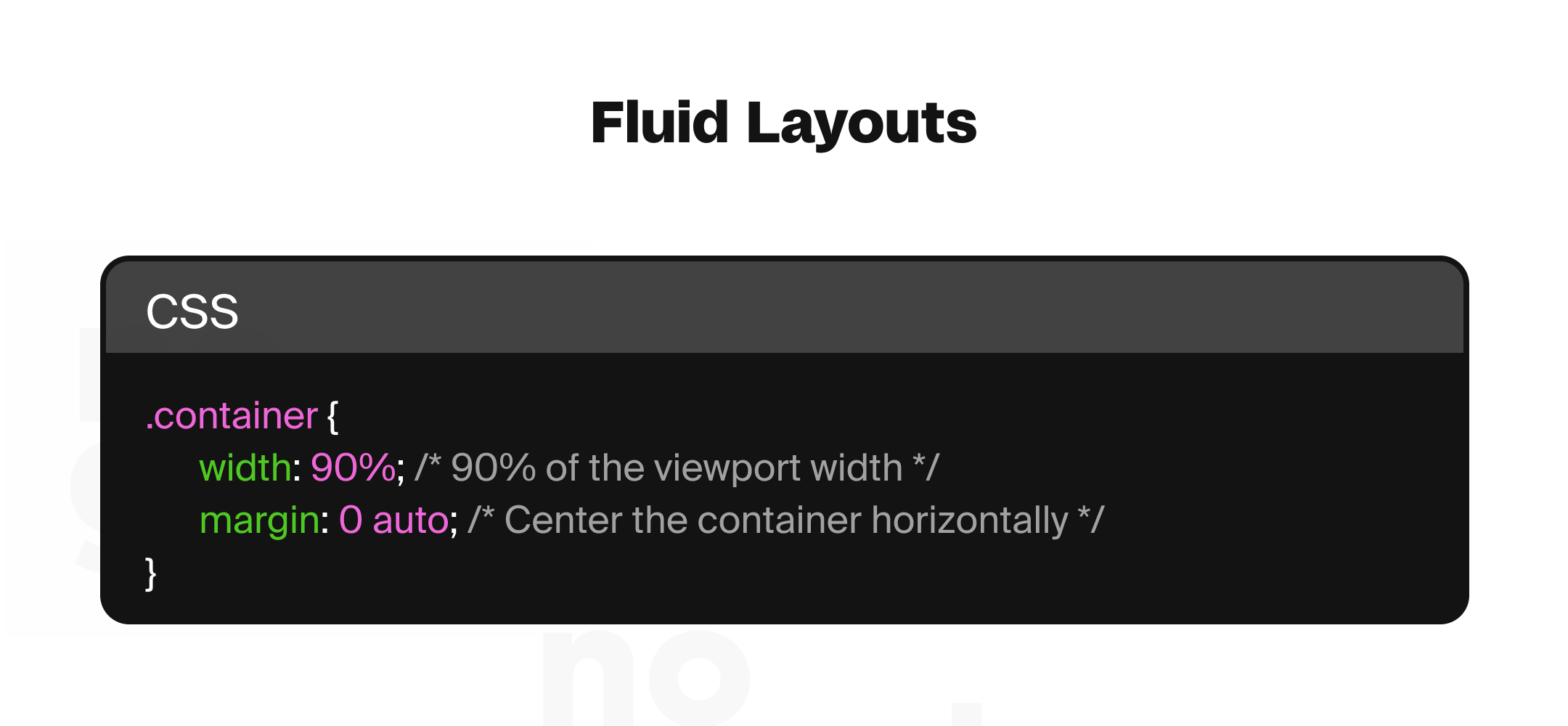
3. Flexible Images: Using CSS to resize images proportionally to their container will prevent distortion or overflow.
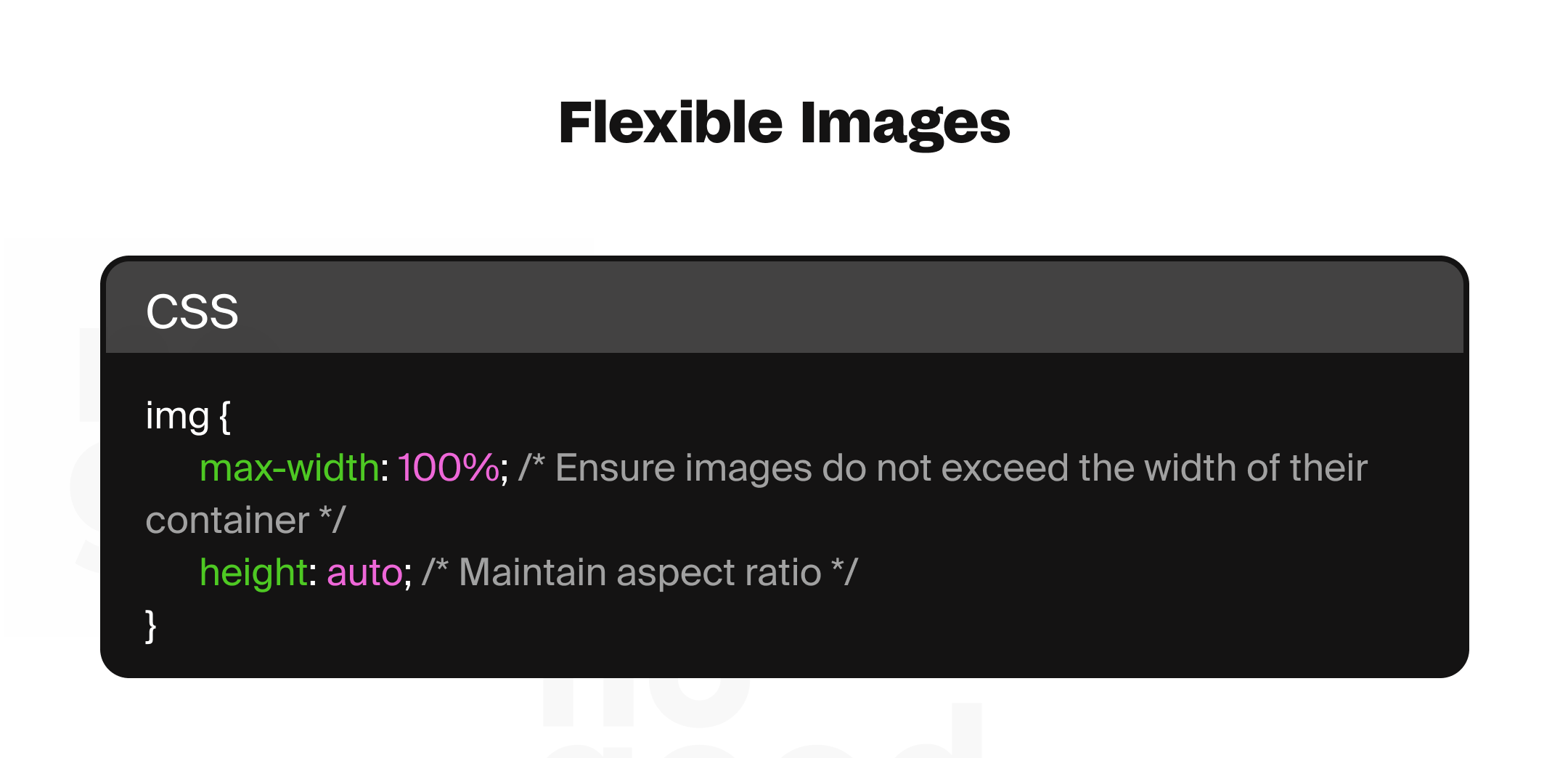
Optimize for touch: A common mobile experience issue is tap targets being too small or too close together. Interactive elements like buttons and links should be large enough (48x48px), or have enough space around them, to be easy enough to tap without overlapping with other elements.
Simplify conversion points: Implementing an AI chatbot to answer the most common product questions while keeping the user on the site can reduce the time spent between discovery and conversion. If a user has to wait to receive a call or email before making the decision, they are less likely to convert. Additionally, e-commerce brands have been catering to mobile users by implementing text-to-shop. If users consent to SMS messaging, you can track which SMS links they click, what products they view, and what conversion actions they’ve taken.
3. SGE (Search Generative Experiences) by Google
Google’s primary focus has always been to reduce the amount of follow-up searches and get users quality information faster. To do this, they’ve recently started implementing Search Generative Experiences (SGE). SGE is an AI-powered summary of search results at the top of the SERP. In addition to providing a summary, Google SGE may also provide linked sources, relevant imagery, the most common follow-up questions, and a follow-up search functionality.
While this functionality provides an improved user experience through zero-click searches, it also significantly increases competition for the number one search result. Additionally, the more featured results that Google implements means that users may never have to click through to a website to find what they are looking for which in turn can negatively affect your CTR and search traffic. However, it is possible to strategically structure your content to be SGE-friendly to increase your chances of being featured in these results and increase your website visibility.
How Can You Prepare?
Answer Engine Optimization (AEO): Focus on providing clear and concise answers to users’ most popular questions. By structuring your content in question-answer format, you can increase your chances of being featured in SGE, common answer engines, and voice searches. Besides answering the questions from Google’s “people also ask” section, try to think of the information you would like to know if you were the reader. What follow-up questions would you have? Can you identify common knowledge gaps and fill them for users?
Identify available featured results: When writing a new piece of content, take note of what featured results are displaying for your target search terms. If there is a featured snippet, what information is it providing, and how can you add value? If there are featured images, how can you optimize your creative assets to provide value to the user? This will provide insight into search intent and how you can structure your content to satisfy their intent.
Create a digestible content structure: Use headings, subheadings, bulleted lists, and shorter paragraphs to make it easier for the user to consume and for search engines to scan. This can also be achieved through concise summaries of benefits, strategies, or insights.
4. Zero click searches
Zero-click searches will force us to not only optimize for organic traffic but also organic impressions. If you’re a conversion-focused business, like eCommerce, then pursuing a zero-click content strategy on commercial queries might not be advantageous. However, if you are a reliable source of information, like an industry-leading blog, then a zero-click content strategy will likely help you increase brand awareness and authority.
However, your business may be in the middle. You may provide a product or service, but you also provide resources to help educate your target audience. In this scenario, a combination of what we know as traditional SEO, creating digital content for traffic, and SGE / AEO (creating content for impressions) will help you both educate and convert your target audience.
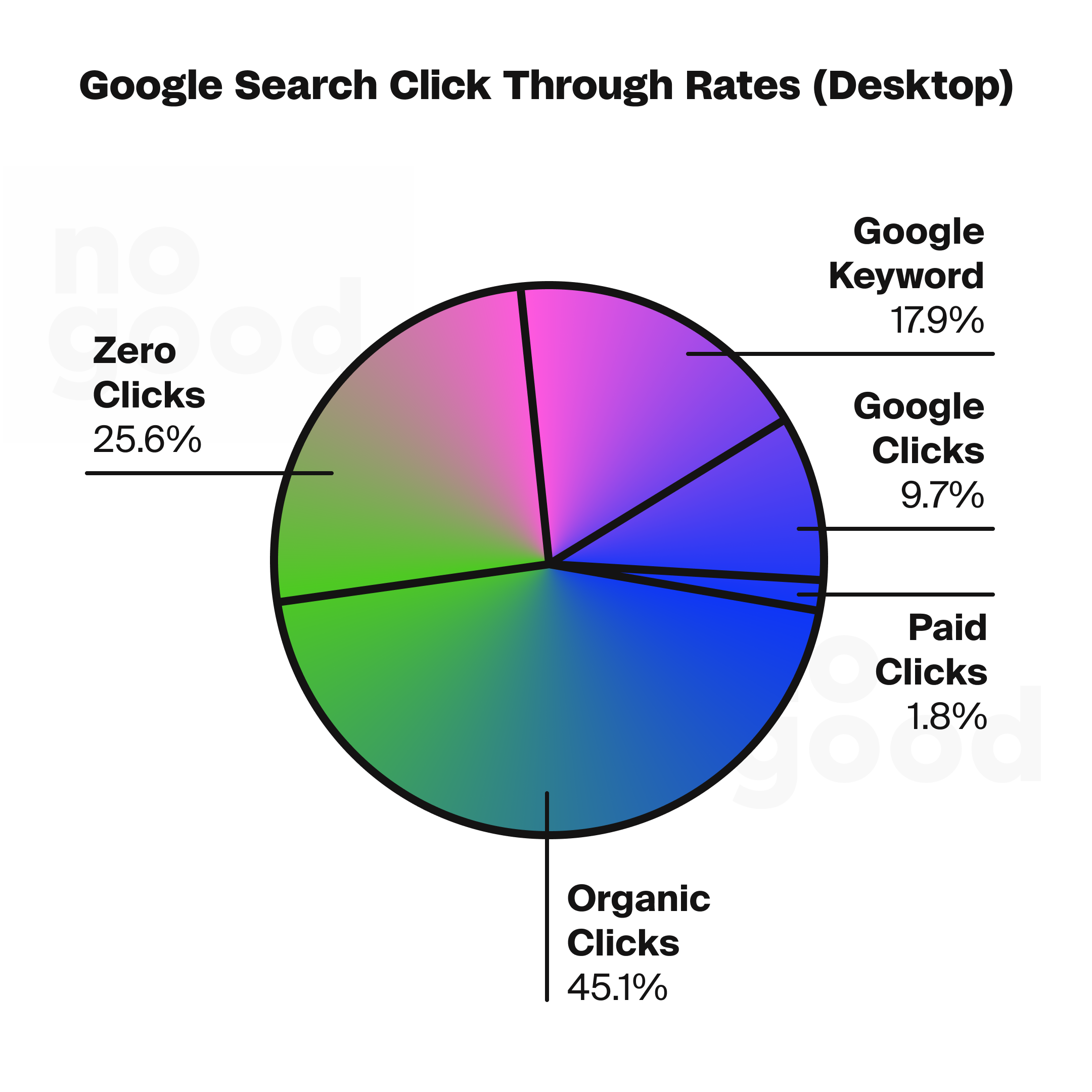
How Can You Prepare?
Create a blended content strategy: Start by creating a content strategy that is 60/40 or 70/30 SEO vs. AEO. Do this by analyzing the SERP for your target search query and identifying which keywords have featured results. If you see Google’s generative search summary, a featured snippet, a knowledge panel, or people also ask section, then this is going to be a keyword to apply AEO practices to. If you see a keyword that has little to no featured results and people are required to click on the results, then this is where you create conversion-focused blog content. Having a blended content strategy will help you address each part of the user journey and properly nurture your lead funnel.
Optimize for zero-click searches: When creating AEO content, focus on creating content that directly answers common user questions related to your product, service, or industry. This content will likely be centered around long-tail keywords with informational intent. The format and structure should be easily scannable by search engines using proper headings, subheadings, or bulleted lists.
Implement structured data: Structured data can help search engines better understand the context and content on your pages which will increase the likelihood of obtaining a position in featured results. For example, FAQ or Q&A schema can help your chances of ranking in people also ask or in featured results. LocalBusiness schema is important if you are trying to attract people to a physical location and can increase your visibility in local packs.
5. Video SEO
Recently, I’ve seen an increase in both YouTube and TikTok videos in search results. Again, as Google tries to address user intent and minimize additional searches, it is learning that some queries are better answered in video format. This shows an increased focus on not only ensuring written content ranks well but also ensuring video content ranks well.
There are many platform-specific strategies to get your YouTube videos to rank organically within YouTube and TikTok videos to show organically on the “For You” page. But, there are also ways that you can optimize your video content to help them rank in Google SERPs.
How Can You Prepare?
Implement video schema: Video schema provides search engines with information about your video title, description, thumbnail URL, upload date, duration, and more. This information can then be used to display your videos in rich snippets at the top of search results that attract more clicks and increase visibility.
Transcribe your videos: Not only is video transcription helpful for accessibility, but it can also be crawled and indexed by Google to better understand the content of your video. This will allow Google to identify relevant keywords and serve your video to the right audience to increase organic visibility.
Promote your videos across all channels: Sharing your videos across TikTok, Instagram, YouTube, LinkedIn, email newsletters, and your website will increase the visibility and engagement of your videos. Higher video engagement can positively impact the ranking of your video in search results. You can encourage users to engage with your video content by asking questions, creating discussions, and sharing unique perspectives.
As algorithms continue to evolve and user needs shift, we are going to move farther away from traditional SEO practices and closer towards SXO. These 2024 SEO trends are some of the leading indicators of that shift that will force us to focus more on user experience and less on search engine appeal. Remember, if you put the user first, the search engines will follow.
Stay up-to-date on Future Trends in SEO, AEO, and SXO by Joining Our Newsletter!





